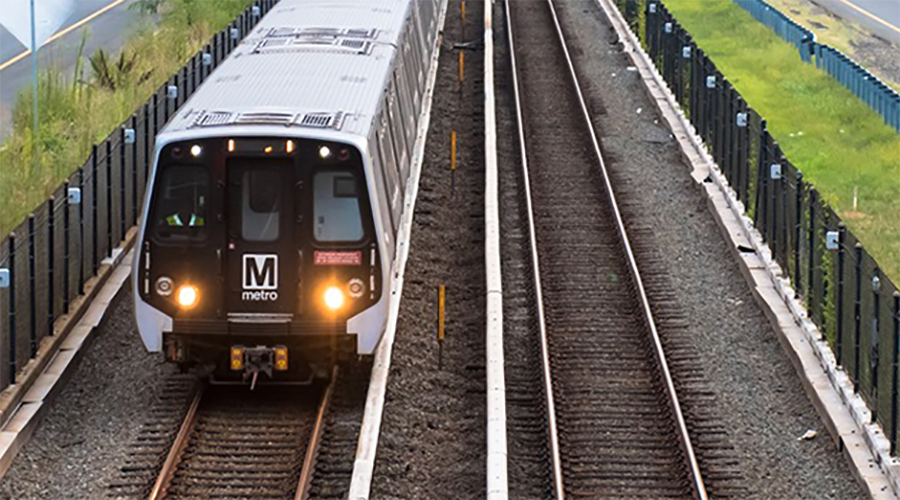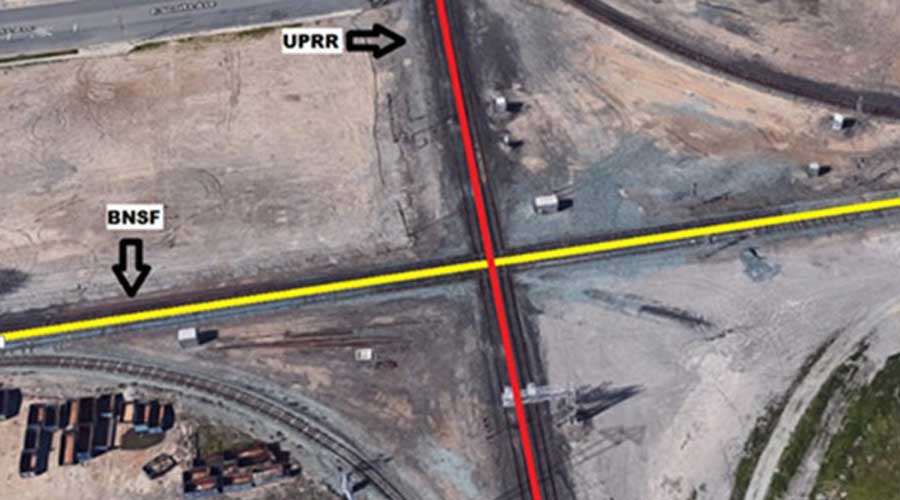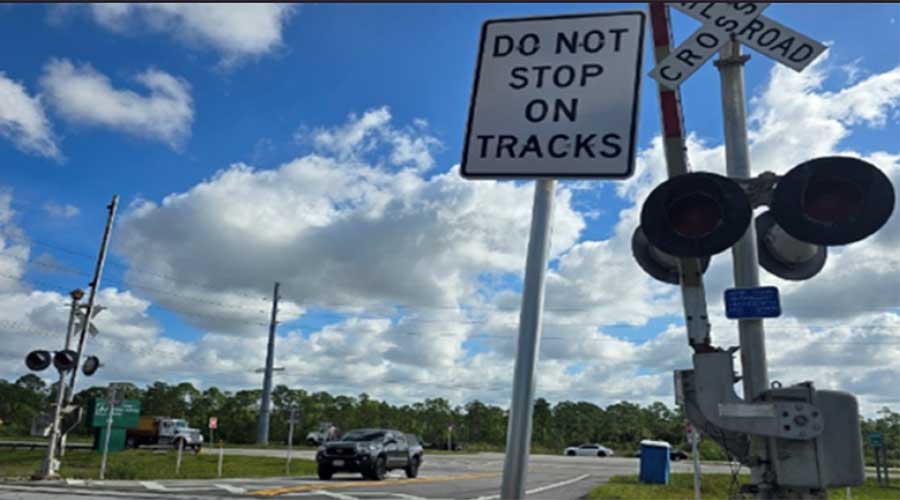Stay updated on news, articles and information for the rail industry
 railPrime
railPrime
12/26/2013
Rail News: Federal Legislation & Regulation
USDOT announces $3 billion for transit systems hit by Hurricane Sandy
U.S. Transportation Secretary Anthony Foxx announced the U.S. Department of Transportation (USDOT) will provide $3 billion to strengthen the resiliency of public transportation systems affected by Hurricane Sandy in October 2012.
The Federal Transit Administration will administer the funds on a competitive basis for projects that protect critical transit infrastructure from being damaged or destroyed by future disasters, USDOT officials said in a press release.
"The $3 billion in resiliency funds announced [Monday] will go first and foremost to reinforce the critical infrastructure necessary to support public transportation systems damaged by Hurricane Sandy," said FTA Administrator Peter Rogoff. "Our goal is to advance the best regionally coordinated projects, so taxpayers won't have to pay to restore the same transit services a second or third time."
Public transportation providers serving portions of the states where President Obama issued a major disaster declaration in the storm's wake are eligible to apply for funding through the FTA's Public Transportation Emergency Relief Program. It will cover Connecticut, Delaware, Maryland, Massachusetts, New Hampshire, New Jersey, New York, Ohio, Pennsylvania, Rhode Island, Virginia, West Virginia and the District of Columbia.
The Disaster Relief Appropriations Act of 2012 provided $10.9 billion for FTA's Emergency Relief Program for recovery, relief and resiliency efforts in areas affected by Hurricane Sandy. Sequestration cut that total by almost $545 million.
FTA is allocating the remaining $10.4 billion in multiple tiers for response, recovery and rebuilding; for locally prioritized resiliency projects; and for competitively selected resiliency work. The FTA also has made available roughly $5.7 billion to help transit systems in the affected states. The work now under way includes reconstruction of the Montague and Greenpoint subways tubes, and Hoboken Terminal, and other critical infrastructure.


 2025 MOW Spending Report: Passenger-rail programs
2025 MOW Spending Report: Passenger-rail programs
 Gardner steps down as Amtrak CEO
Gardner steps down as Amtrak CEO
 Guest comment: Oliver Wyman’s David Hunt
Guest comment: Oliver Wyman’s David Hunt
 Women of Influence in Rail eBook
Women of Influence in Rail eBook









